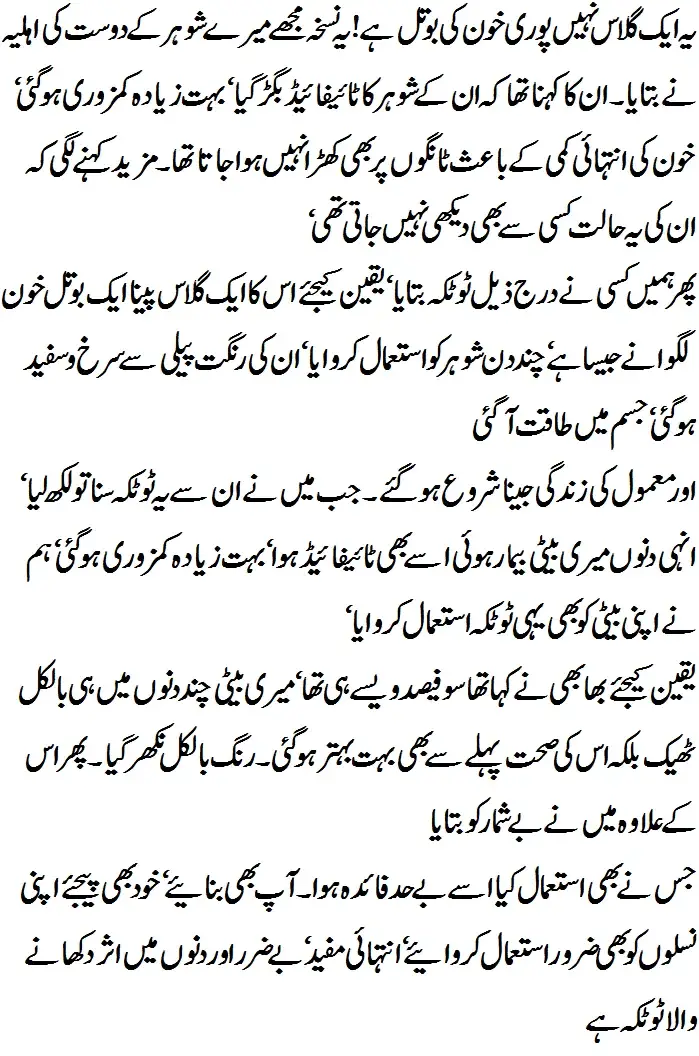
Iron deficiency is a medical condition characterized by a lack of an essential mineral called iron in the body. Iron is crucial for various bodily functions, primarily the production of hemoglobin, a protein found in red blood cells responsible for carrying oxygen from the lungs to the rest of the body. When there isn’t enough iron available, the body can’t produce an adequate amount of healthy red blood cells, leading to a range of health problems.
Natural Solution to Defeat Iron Deficiency

Understanding Iron Deficiency
Before we explore the dietary solutions, it’s crucial to understand what iron deficiency is. Iron is an essential mineral required for various bodily functions, primarily for the production of hemoglobin, the protein in red blood cells responsible for carrying oxygen.

Common symptoms of iron deficiency include fatigue, weakness, pale skin, shortness of breath, dizziness, and difficulty concentrating. In more severe cases, iron deficiency can progress to iron-deficiency anemia, a condition where the body’s ability to transport oxygen is significantly impaired.
Iron deficiency can result from various factors, including inadequate dietary intake of iron-rich foods, poor absorption of iron from the diet, blood loss due to menstruation or internal bleeding, and certain medical conditions that interfere with iron absorption or utilization.
The Importance of Iron in the Body
Iron plays a pivotal role in oxygen transport, energy production, and overall cellular health. Without sufficient iron, the body cannot function optimally.
Symptoms of Iron Deficiency
Identifying iron deficiency is crucial for timely intervention. Common symptoms include fatigue, pale skin, shortness of breath, and brittle nails. If you experience these symptoms, it’s essential to consult a healthcare professional for proper diagnosis and treatment.
Dietary Sources of Iron
There are two types of dietary iron: heme and non-heme. Heme iron, found in animal products, is more readily absorbed by the body than non-heme iron, which comes from plant-based sources. Both types can contribute to your iron intake.
Fruits High in Iron
Apricots
Apricots are not only delicious but also a great source of non-heme iron. They can be enjoyed fresh or dried and make for a convenient and healthy snack.
Prunes
Prunes, known for their digestive benefits, also contain iron. They can be added to your breakfast or enjoyed as a midday snack.
Mulberries
Mulberries are rich in iron and antioxidants, making them a nutritious addition to your diet. Add them to your cereal or yogurt for a tasty twist.
Raisins
Raisins are a portable iron source that can be sprinkled over salads or enjoyed on their own. They are a favorite among both kids and adults.
Natural Solution to Defeat Iron Deficiency
Vegetables Rich in Iron
Spinach
Spinach is a powerhouse of nutrients, including iron. Incorporate it into your salads, smoothies, or as a side dish to increase your iron intake.
Kale
Kale is a trendy superfood that’s also high in iron. It can be used in salads, stir-fries, or even baked into crispy kale chips.
Broccoli
Broccoli not only provides iron but is also packed with vitamins and fiber. Steam or roast it to retain its nutritional value.
Swiss Chard
Swiss chard is a leafy green that contains both heme and non-heme iron. Sauté it with garlic for a tasty side dish.
Protein Sources for Iron
Lean Meats
Lean meats like chicken and turkey are excellent sources of heme iron. They can be included in various recipes to boost your iron intake.
Seafood
Fish, especially oily fish like salmon and tuna, are rich in heme iron. They also provide essential omega-3 fatty acids for heart health.
Legumes
Legumes such as lentils, chickpeas, and black beans are high in non-heme iron. They are versatile and can be used in soups, stews, and salads.
Nuts and Seeds
Nuts like almonds and seeds like pumpkin seeds contain iron and are perfect for snacking or adding crunch to your dishes.
Cooking Tips to Preserve Iron
To maximize iron retention when cooking, use cast-iron cookware and avoid overcooking. Cooking acidic foods in cast iron can increase iron absorption.
Combining Iron-Rich Foods
Iron-rich foods with vitamin C-rich foods like citrus fruits, bell peppers, and strawberries can enhance iron absorption.
Iron Absorption Enhancers and Inhibitors
Some foods can either enhance or inhibit iron absorption. For example, foods rich in calcium can hinder absorption, while vitamin C-rich foods promote it.
Creating a Balanced Iron-Rich Diet Plan
A balanced diet that includes a variety of iron-rich foods can help maintain optimal iron levels. Consult with a nutritionist to create a personalized plan.
Supplements as a Last Resort
While a balanced diet is the best way to obtain iron naturally, supplements may be necessary for individuals with severe deficiencies. Consult your healthcare provider before taking supplements.
Lifestyle Changes for Iron Absorption
Incorporate healthy lifestyle habits, such as regular exercise and adequate hydration, to support iron absorption and overall well-being.
Conclusion
Iron deficiency is a common health concern but can be effectively managed through dietary choices. By including iron-rich foods and fruits in your diet and making thoughtful meal combinations, you can improve your iron levels naturally. Remember to consult a healthcare professional for personalized advice.
FAQs
1. Can iron deficiency be treated solely through diet?
While diet plays a significant role in treating iron deficiency, severe cases may require supplements as advised by a healthcare professional.
2. Are there any side effects of consuming iron-rich foods?
Iron-rich foods are generally safe when consumed in moderation. Excessive iron intake can lead to digestive discomfort, so it’s essential to maintain balance.
3. How long does it take to see improvements in iron levels through dietary changes?
The timeline for improvement varies from person to person. It may take several weeks to months of consistent dietary changes to notice significant improvements.
4. Can children also benefit from these dietary tips for iron deficiency?
Absolutely! These dietary tips can be adapted for children to ensure they receive sufficient iron for healthy growth and development.
5. What other lifestyle changes can help improve iron absorption?
Staying physically active, managing stress, and getting adequate sleep can also support better iron absorption and overall health.

